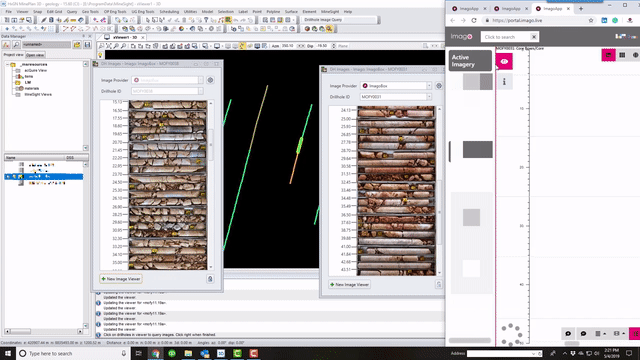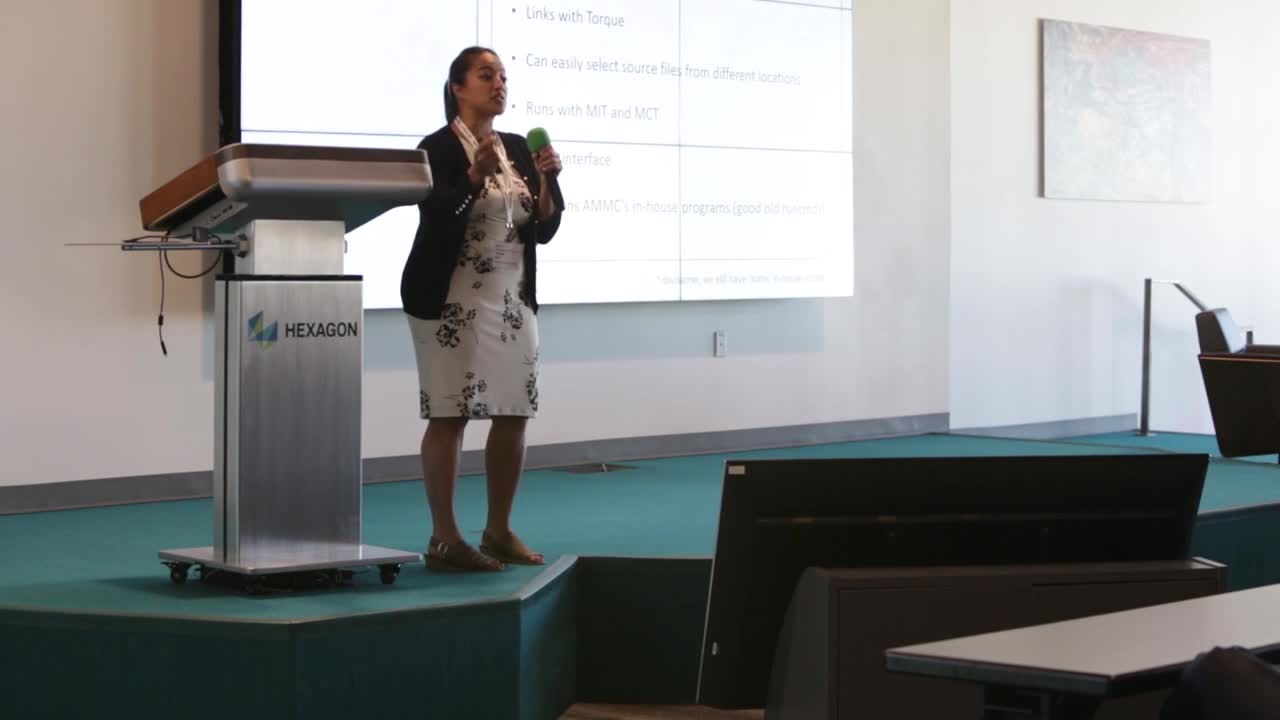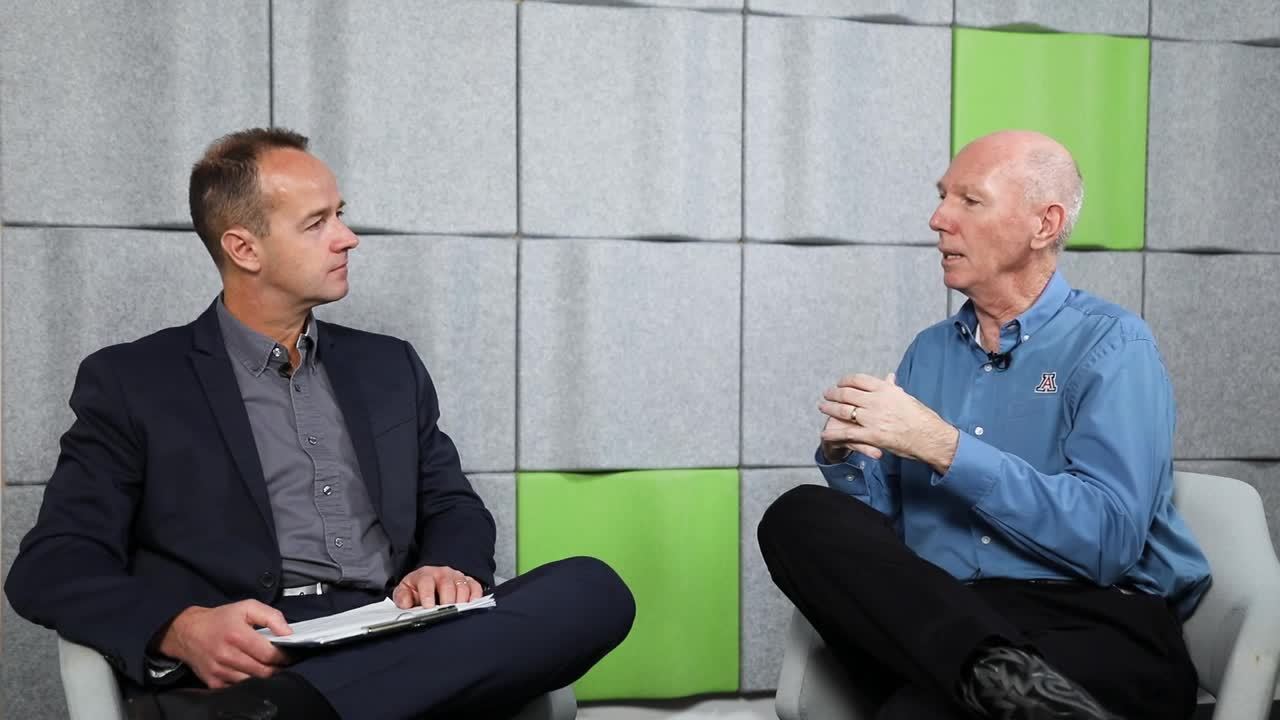‘Smart’ started as an acronym: self-monitoring analysis and reporting technologies. However, it has become a buzz word that can be confusing. So, what does smart mean today?
 There are three levels of technologies: smart, connected and Internet of Things (IoT) devices.
There are three levels of technologies: smart, connected and Internet of Things (IoT) devices.
Smart devices are capable of autonomous computing to perform specific tasks without direction from a human. A connected smart device goes a step further by connecting to a data network, giving users the ability to monitor and control the device remotely. IoT devices connect and communicate with other devices on the network to provide shared information and feedback.
A while back, we sat down with our Chief Technology Officer, Rob Daw, to get his take on what makes a mine smart. A smart mine goes beyond adopting the newest technology trends. Smart mines utilize integrated technologies to share information and connect processes across the whole mining value chain. This means better collaboration and decision-making for your team.
Since then, we have seen many examples of mines connecting their processes through Hexagon’s technology to make their mines smart.
Extracting value
Analyzing core samples is common in the exploration phase of a mine. It provides fundamental information for building a geological model.
At Tenke Fungurume mine in the Democratic Republic of Congo, one of the challenges was sharing imagery with those designing geological models. There was no easy way to make use of the imagery without the necessary photos downloaded to a computer.

HxGN MinePlan 3D integrates with Imago so planners can reference the database of core images while they build geological models.
By syncing the imagery with planning software, the mine could base its workflow off the core sample imagery. This gives planners an immediate source of data for continuous modelling.
A unified platform
The next step? Scheduling.
Traditionally, long, medium and short-range plans are prepared by multiple departments, teams and software. When these plans are aligned, mines can optimize their whole operation.
At ArcelorMittal’s Mont-Wright mine in Quebec, planners used MinePlan software to move their planning workflows to a single platform.
By integrating tools for activity scheduling with block designs, the mine could update models based on its short-term planning workflow to provide more accurate data transparency between functions.

Building a culture of communication and trust
Moving beyond technology, the human component can’t be overlooked. You can have the best technology in place to streamline mining processes, but what happens when you face a crisis?
In 2013, the Bingham Canyon Mine in Utah experienced the largest mining landslide in history. The Manefay slide disrupted operations and could have cost the company millions if not for its quick response.

The Manefay slide caused significant damage to Bingham Canyon’s infrastructure, including the main haul road. An innovative response by the personnel at the mine reestablished a main haul road and quickly resumed production.
The rules and processes in place at the mine had to be analyzed to see the true cost of the slide. In some cases, this meant breaking the rules when they no longer had value.
It also required level a high level of communication and trust between the teams involved to innovate and avert the crisis. Junior engineers were given responsibilities they wouldn’t normally receive, and they exceeded all expectations.
To build a culture of innovation, people need to be given the freedom to find new ways of doing things.
The global pandemic has forced many mining companies to rethink their processes and the technology they use. Those previously reluctant to adopt new technology are now seeking ways they can make their mines more efficient and productive.

Managing change
At its flagship silver mine in Mexico, Fresnillo integrated technology for planning, operations, enterprise, and survey and monitoring. The company conducted exhaustive preliminary research before selecting Hexagon as a technology partner.
Fresnillo built realistic and achievable implementation goals. It began by addressing safety issues at its mines by using collision avoidance systems and then moved to fleet management to start connecting mining processes.
Fresnillo made sure to inform its people about the new implementations and processes. Mine managers were made accountable for these processes and included unions and contractors from the beginning to manage the changes.

Becoming a smart mine doesn’t happen overnight. It goes beyond simply buying the newest technology. Smart mines comprise three core components.
First, is the implementation of smart technologies with the purpose of connecting people and processes. Clear goals will help tackle the needs at your site.
Second, managing the change necessary to train personnel for proper technology adoption.
Finally, receiving insight from data and analytics to make better, proactive decisions.
It’s important to form the right partnership on your digitalization journey while evaluating and implementing smart technologies. Empower your autonomous future with one partner, for the life of your mine.
Start your digital transformation with Hexagon.














